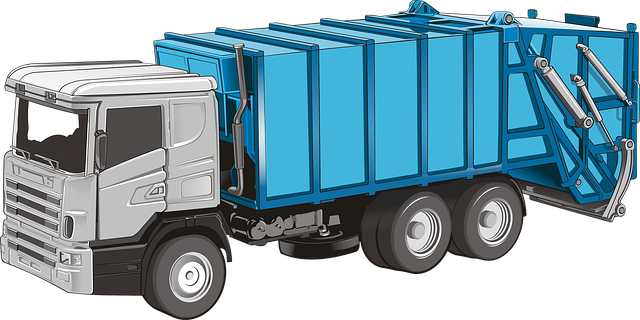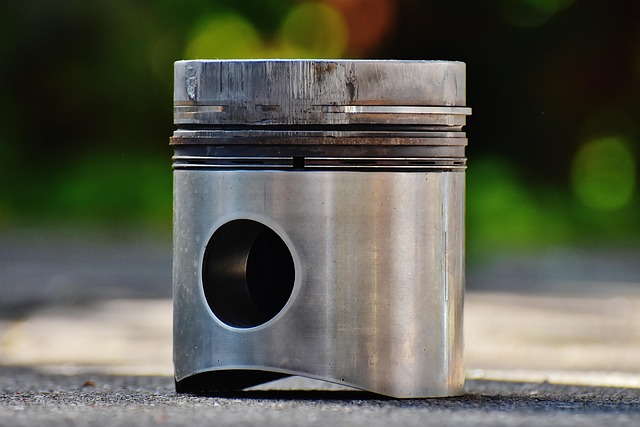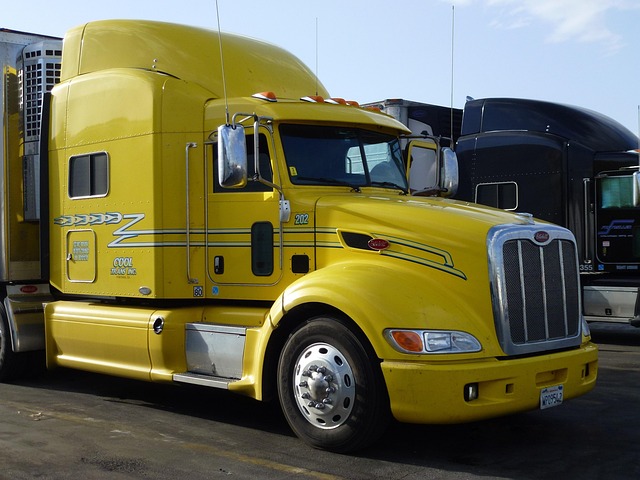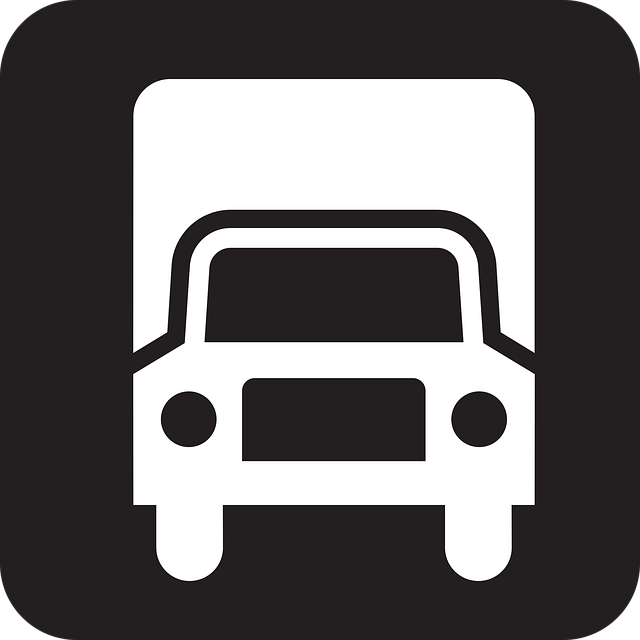Looking to register your car in California? This comprehensive guide walks you through the entire process, from understanding eligibility requirements to securing your license plate. We cover everything from gathering essential documents to visiting the DMV and verifying your vehicle’s VIN (unique identifier). By following these steps, you’ll ensure a smooth registration experience. Don’t forget to bring your dmv vin verifier for a quick and accurate inspection as part of the process.
- Understand Eligibility Requirements for Car Registration
- Gather Necessary Documents for Car Registration
- Visit the DMV to Register Your Vehicle
- Verify VIN and Complete Inspection
- Pay Registration Fees and Receive Your License Plate
Understand Eligibility Requirements for Car Registration

Before you begin the registration process, it’s crucial to understand the eligibility requirements set by the California Department of Motor Vehicles (DMV). To register your car in California, the vehicle must meet specific criteria. Firstly, it should be legally imported and comply with all state and federal safety standards. Additionally, the car needs to have a valid and accurate Vehicle Identification Number (VIN) that can be verified through a trusted source like a DMV vin verifier or mobile vin verifier.
A reliable VIN inspection is essential to ensure the accuracy of the vehicle’s history and identity. This step is particularly important for used car buyers and sellers as it helps prevent fraud and ensures the vehicle’s eligibility for registration. By using a mobile vin inspection tool, you can conveniently verify the VIN while on the go, making the registration process smoother and more efficient.
Gather Necessary Documents for Car Registration

Before you start the registration process, ensure you have all the essential documents. The California Department of Motor Vehicles (DMV) requires specific paperwork to verify your vehicle’s identity and history. One crucial tool in this process is a reliable DMV VIN verifier. This service allows you to check the Vehicle Identification Number (VIN) and access vital information about the car, such as its make, model, year, and previous owners.
Using a mobile vin verifier or performing a mobile vin inspection can simplify matters significantly. These digital tools provide instant, accurate data, making it easier to meet the DMV’s requirements. Having these documents ready will ensure a smoother registration experience, so take time to gather everything needed before heading to the DMV.
Visit the DMV to Register Your Vehicle

Visit your local DMV office or use their online services to begin the registration process. You’ll need several key documents on hand, including proof of insurance, vehicle ownership documentation, and identification. The DMV will conduct a vehicle history report using your car’s unique Vehicle Identification Number (VIN), which can be verified by a mobile VIN verifier for added peace of mind. A mobile VIN inspection ensures that the vehicle matches the information provided during registration, protecting you from potential fraud or hidden issues.
Once all documents are in order and the vehicle passes inspection, you’ll be able to register your car and obtain the necessary plates and paperwork. This crucial step completes the legal process, ensuring your vehicle is road-ready and compliant with California’s regulations.
Verify VIN and Complete Inspection

Before you can register your car in California, it’s crucial to verify its Vehicle Identification Number (VIN) and complete a thorough inspection. The DMV provides a VIN verifier tool that allows you to cross-reference the VIN with official records, ensuring the vehicle’s history is clean and unaltered. This step is essential as it helps detect any potential issues or fraud, giving you peace of mind when purchasing a used car.
In some cases, you might opt for a mobile vin verifier or conduct a vin inspection yourself to save time and hassle. These alternative methods offer convenience by allowing you to verify the VIN and check key details from the comfort of your home or even while you’re on the go. Ensure the tool or service you choose is reputable and accredited to provide accurate information, as this step can significantly impact your decision-making process during vehicle registration.
Pay Registration Fees and Receive Your License Plate

After completing your vehicle’s registration application at the California DMV, it’s time to settle the fees. You’ll need to pay the registration charge, which varies based on your vehicle’s type and age. The DMV offers several payment methods, so you can choose what works best for you. Once processed, you’ll receive your license plate, typically delivered within a few days.
For added convenience, consider using a mobile vin inspection or mobile vin verification service to streamline the process further. These services utilize a specialized tool, akin to a dmv vin verifier, to check your vehicle’s information remotely, ensuring accuracy and saving you time at the DMV.
Registering a car in California is a straightforward process that requires understanding eligibility criteria, gathering essential documents, and visiting a DMV office. By verifying your vehicle’s VIN and ensuring it passes inspection, you’re well on your way to receiving your license plate. Remember to keep your paperwork up-to-date and utilize online tools like a dmv vin verifier for a smooth and efficient registration experience.
